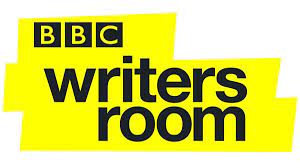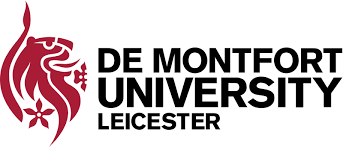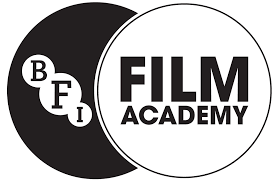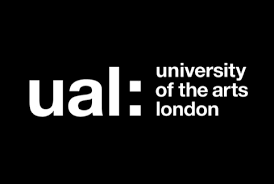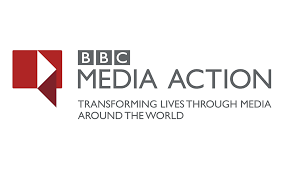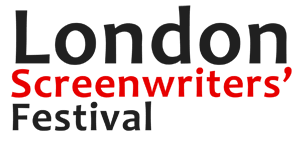Hi There,
The week of June 27th, I was lucky enough to spend a week in Phnom Penh, Cambodia, running a 5 day screenwriting course for the BBC. I had one day at the end to myself to see the sights.
Probably the two biggest tourist attractions in the city are the S-21 Genocide Museum and the Killing Fields museum – both memorials to the Khmer Rouge regime of genocide under Pol Pot in the ‘70’s.
Visiting the museum in particular was a memorable and harrowing experience.
One of the writers on my course told me about a visit to his school – a visit that had clearly made a huge and lasting impression on him – by David Puttnam – to talk about his film about the Cambodian genocide – THE KILLING FIELDS.
It reminded me of the power and importance of STORY. How a dramatization like THE KILLING FIELDS can be such a powerful and important weapon in educating and informing, and telling a story in a form (feature film screenplay) that transcends borders and connects people from all corners of the world in a message of humanity. And how a film like this can actually mean so much to a nation and people worldwide.
We were shown a documentary about Pol Pot and his rise to power. One of the central voices in this doc was Roland Joffee, director of THE KILLING FIELDS. It was instructive and scary that it seems to have been blanket US bombing of the Cambodian countryside, connected to the war in neighbouring Vietnam, that was a big factor in laying the ground for Pol Pot’s rise to power. It made me think about Guantanamo, US ‘tactical’ use of drones, bombing of Syria – and the political ripples those indiscriminate acts of violence far from US shores, are causing today (and how little the western press tell us about the reality and extent of civilian deaths from allied bombing raids in Syria).
These memorials to the darkest periods of our recent history can teach lessons about how to prevent them happening again.
Some of the photos and stories were chilling in the extreme. And as you walk through the Killing Fields, where numerous unidentified bodies are still buried, you can see where clothing of the dead has risen to the surface in the rainy season.
The S-21 Genocide museum is in the middle of the city. Formerly a school, it was taken over by the Khmer Rouge and used as a detention centre, where thousands of people were taken, tortured and interrogated for information they didn’t have. And if they survived this process, they were blindfolded and taken by truck to the killing field 15km outside the city where they were straightaway killed – at night, with loud music being played so that their screams of terror would not be heard. Bullets were too expensive so they were bludgeoned to death, with bamboo canes, machetes, hammers – whatever was to hand. The memorial at the centre of the Killing Fields site is a tower of 17 layers of glass cases, inside which you can view the skulls of the dead, graded by age of victim, and by method of death.
At the museum, it was so chilling to be able to stand in empty rooms that you knew had been the scene of the most awful forms of torture and degradation – and to see the tiny cells in which the prisoners were kept, the leg irons which tied them to the floor and each other, and the elaborate large boxes and barrels that were used for the water-boarding torture of the prisoners.
The communist regime (like the Nazis) made sure to keep detailed records of all their prisoners – and there are hundreds of photos of the victims all over the walls – many of them young children.
And at the end of the tour of the genocide museum, I met two of (very few) survivors who had been detained at S-21. Both in their 80’s, they have written books about their lives and experiences. And it was extraordinary to be able to shake the hand of someone who had survived this imprisonment, interrogation and torture.
So why am I telling you this? First because the message of the experience seemed to be, that we have a responsibility to the victims to keep this story alive, both as a memorial, and so that we can heed the lessons for the future.
But in terms of story-telling and screenwriting, there were just so many extraordinary accounts that came out of these two museums that are the most extraordinary human stories – the sort of stories that, when dramatized in screenplays, will grab the audience by the scruff of the neck, and demand to be listened to.
One example – two New Zealanders in their twenties were sailing from Singapore to New Zealand, were blown off course, and were captured and taken to S-21 by the Khmer Rouge. You can listen to the testimony of one of these two men’s brother as he gave evidence at the trial of the head of the prison (this trial took place as recently as 2012) in which he talks about the documentation that was found about his brother’s ‘confession’ under torture. He was tortured until he confessed that he was part of a CIA plot. All his ‘evidence’ was laced with messages of humour – he told his torturers that his CIA boss as ‘Colonel Sanders’ – and love – including a heart-breaking, coded message of love to his mother.
Then I went to the Royal Palace where a Cambodian woman (in her 30’s) acted as my guide. I (slightly hesitantly) asked her about Pol Pot and the Khmer Rouge – but she was happy to talk about it, and again had an extraordinary story to tell. She said that her father’s entire family had been killed by Pol Pot – and her older sister had also disappeared. Her father knew that his mother (the girl’s grandmother) had taken the child out of the city to a particular province. But after the Grandmother fell ill and died, they could find no trace of the girl. And to this day, they assume that she was killed by the Khmer Rouge – but have no firm knowledge of what happened to her.
She told me how when the Khmer Rouge first entered the city of Phnom Penh, after they had defeated the former PM’s forces, the people assumed this was good news – and lined the streets to welcome them into the city. The Khmer Rouge ordered everyone out of the city – Pol Pot’s vision for society was that there was no room for professionals, for the educated classes – everyone would return to an agrarian way of life, and cities would no longer exist or function. During the Pol Pot years, Phnom Penh became known as the city of ghosts – it was largely empty.
http://www.killingfieldsmuseum.com/s21-victims.html
The newsletter is taking a break over August – so the next edition will be with you on Friday Sept 2nd. Have a great summer!
All the best
Phil
PHILIP SHELLEY
@PhilipShelley1
July 29th 2016


